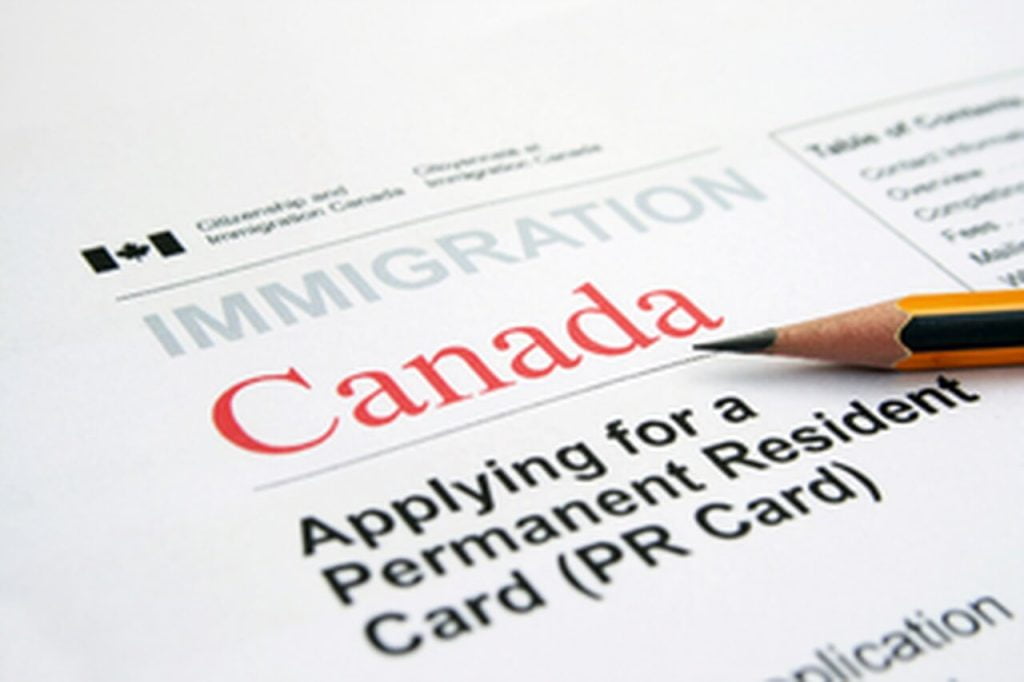How To Move To Canada And Get Permanent Residence (PR)

How To Move To Canada And Get Permanent Residence
Want to move to Canada this 2023 and get permanent residence? Here are the complete best ways to move to Canada and get permanent residence.
Canada has immigration policies that enable citizens with a range of abilities, educational backgrounds, and professional experiences to settle there and contribute to the country’s economy.
Did you know there are numerous methods to apply to become a PR if you’ve been considering migrating to Canada? Although “PNP” and Express Entry may be familiar to you, there are other choices that might be more advantageous.
We’ll discuss the various ways to enter Canada through immigration programs in this article. We will also provide you with connections to tools and resources that will assist you in starting work on your application.
To apply for PR, use an immigration program. There are numerous federal and provincial immigration programs in Canada that can assist you in moving and living there as a permanent resident. Here are a few examples:
1. Express Entry
One of the most popular and sought-after ways to relocate to Canada, owing to its simplicity and speed of processing. Express Entry is ideal for skilled workers who want to relocate to Canada and stay permanently. There are three ways for people to get there:
- The Federal Skilled Worker (FSW) program: For people who have worked abroad for a long time or have a high level of education.
- Federal Skilled Trades Program (FSTP): For skilled tradespeople.
- The Canadian Experience Class (CEC): For people from outside of Canada who have worked in Canada for at least a year.
2. The Provincial Nominee Programs (PNP)
Mostly, PNP is for people who: Have the skills, education, and work experience to help a province or territory’s economy; Plan to stay in that province or territory permanently, and Want to make Canada their permanent home.
Each province and territory has its own PNP streams as well as its own set of requirements. PNP streams are immigration programs that target specific groups such as recent graduates, business owners, skilled workers in specific professions, or semi-skilled workers.
3. Atlantic Immigration Program (AIP)
The AIP program allows skilled foreign workers and international graduates to obtain permanent residency in one of Canada’s four Atlantic provinces, which are Newfoundland and Labrador, Prince Edward Island, Nova Scotia, and New Brunswick.
You can apply for a PR through one of AIP’s three programs:
- Atlantic International Graduate Program: People who have lived and gone to school in one of the Atlantic provinces are eligible for the Atlantic International Graduate Program.
- Atlantic High-skilled Program: This is for people who have a job offer from an employer in an Atlantic province that is part of the AIP.
- Atlantic Intermediate-Skilled Program: For people who have been offered a job by an AIP employer in the province where they will be working. You also need to have worked in TIER 4 (formerly NOC skill level C) or one of some TIER 1, 2, or 3 occupations.
4. Start-up Visa (SUV)
A Start-up Visa is intended for entrepreneurs with the skills and potential to establish innovative businesses in Canada, hire Canadians, and compete on a global scale.
To be eligible for the Start-up Visa Program, you must:
Have a qualifying business;
Obtain a letter of support from a specific group;
Meet the language requirements;
And bring enough cash to live on.
If a foreigner obtains a Commitment Certificate and a Letter of Support from a designated organization, he or she can apply for a short-term work permit through the International Organization for Migration.
Mobility Program before applying for permanent residency through the Start-Up Visa program. However, the request for a work permit must be supported by the designated entity.
If you meet the requirements, you can apply for a work permit. You are not required to apply for PR first. Keep in mind, however, that a Commitment Certificate is only valid for six months after it is issued.
So, whether you apply for a work permit, you must submit your application for PR before the certificate expires. More information about the Start-up Visa program can be found on the government website.
5. Pilot for Immigration in Rural and Northern Areas (RNIP)
The RNIP is a community-driven program designed to disseminate the benefits of economic immigration to smaller communities. It accomplishes this by providing skilled foreign workers who wish to live and work in one of the participating communities (North Bay, Sudbury, Timmins, Sault Ste. Marie, and Thunder Bay in Ontario; Brandon and Altona/Rhineland in Manitoba; Moose Jaw in Saskatchewan; Claresholm in Alberta; Vernon and West Kootenay – Trail, Castlegar, and Penticton in British Columbia).
To apply for RNIP, you must meet all of IRCC’s requirements as well as your community’s requirements. You will also need a job offer from an employer in one of the participating communities. You can apply for RNIP through the Government of Canada’s website.
6. Family Sponsorship
Spouses, partners, children, parents, grandparents, and, in some cases, other relatives can live, work, and study in Canada as permanent residents (PRs) through family sponsorship.
7. Caregivers
As a caregiver, you can come to Canada to work or become a permanent resident. People who want to apply for PR can do one of two things:
- Live-in Caregiver Program (LCP)
- Home Child Care Provider Pilot and Home Support Worker Pilot.
In 2019, the five-year Home Child Care Provider Pilot and Home Support Worker Pilot were launched. They invited qualified caregivers and their families to become permanent residents of Canada. These pilot programs may allow caregivers to apply for permanent residency. How you apply will be determined by your situation and qualifying work experience.
Only two-year Canadian employees are eligible to apply for PR through the LCP. Caregivers are subject to an annual cap. When the quota is reached, the government stops accepting applications. The IRCC website has the most up-to-date information and application procedures for this category.


 Nursing Training Admission Forms for 2025/2026 Out: Buy and Apply Here
Nursing Training Admission Forms for 2025/2026 Out: Buy and Apply Here  We want equity in provision of educational infrastructure – UWR MPs appeal to government
We want equity in provision of educational infrastructure – UWR MPs appeal to government  Police intercept cross-border ammunition smuggle in Volta Region
Police intercept cross-border ammunition smuggle in Volta Region  Mahama suspends Chief Justice Gertrude Torkornoo
Mahama suspends Chief Justice Gertrude Torkornoo  Cardinal Turkson of Ghana Can Be The Next Pope: Embracing Diversity and African Representation in a Global Catholic Context
Cardinal Turkson of Ghana Can Be The Next Pope: Embracing Diversity and African Representation in a Global Catholic Context  Portia Dzifa Dzilah named first Ghanaian regional winner of 2025 Cambridge Dedicated Teacher Award
Portia Dzifa Dzilah named first Ghanaian regional winner of 2025 Cambridge Dedicated Teacher Award  2025 BECE Super Mock Questions and Answers Out
2025 BECE Super Mock Questions and Answers Out  RMU, collaborates champion industry-academia innovation in maritime training
RMU, collaborates champion industry-academia innovation in maritime training